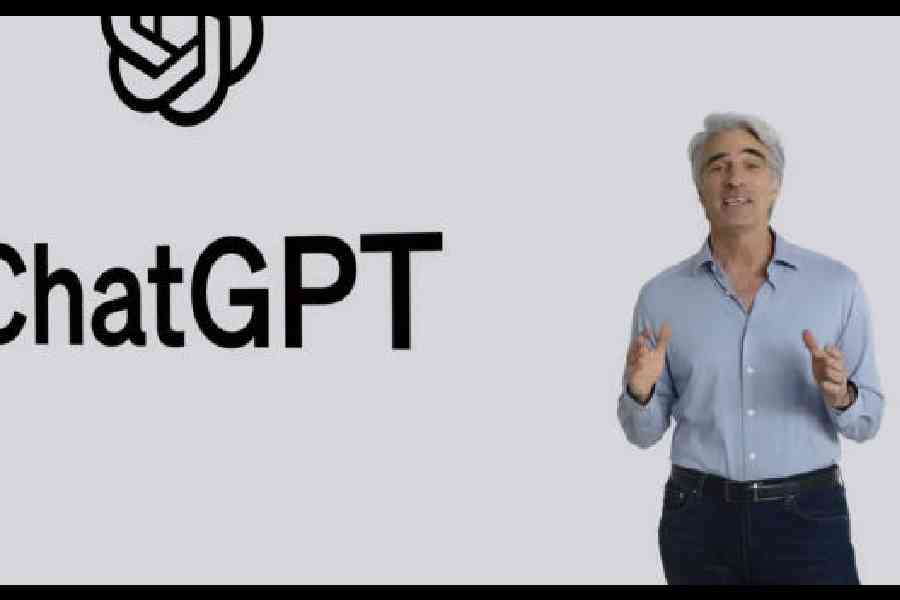Amid rising competition from homegrown challenger Ola Maps, Google on Thursday announced a slew of new features on Google Maps to woo users in India, including EV charging station information, flyover callouts and AI-driven routing capability to reduce narrow road usage for four-wheeler drivers.
It is "an exciting time in mapping", Google Maps said announcing its lineup of new features, which comes in the backdrop of a pitched battle with Ola.
Google recently decided to cut the pricing of Google Maps platform for developers by up to 70 per cent from August 1, just weeks after Ola Founder and CEO Bhavish Aggarwal openly nudged Indian developers to shun Google Maps and offered them sweeteners like one-year free access to Ola Maps.
Replying to a question on the timing of Google Maps' price cuts - coming right after an offensive from Ola - Google Maps senior executives said that while "it's tempting to think that way, but we actually do not focus on competitors".
"We're very focused on making sure we're serving our user base and our partner community, which is our developer partners. And to be honest, we timed it with our IO Connect event in Bengaluru," Miriam Daniel, VP and GM at Google Maps, said at a briefing.
Daniel added: "...this is something our partners have been requesting of us for a while, and we've been working on it for quite some time to make sure our infrastructure, our pricing systems are localised and adapted to the needs of our partners in India." On Thursday, the company announced six ways it is enabling more efficient and sustainable journeys on Google Maps in India, powered by AI and local partners.
"These new features reaffirm our commitment to making digital mapping even more helpful for users, businesses, developers and society at large.
"We're excited to continue our journey of innovation and build the future of Google Maps right here in India," a blogpost by Daniel and Lalitha Ramani, GM at Google Maps, India, read.
Stating that navigating narrow or congested roads in unfamiliar areas can be a challenge for four-wheeler drivers, Google Maps announced it is introducing a new feature for users in India designed to reduce the use of narrow roads when driving four-wheelers.
"To address this, we've developed an AI model specifically for Indian roads that incorporates multiple signals satellite imagery, Street View and other information like road types, distance between buildings, paved sections, etc. to estimate road widths at scale. Using these road width estimates, we've fine-tuned our existing AI routing algorithms to help four-wheelers avoid narrow roads whenever possible, without significantly impacting travel time or distance," the blogpost said.
This means four-wheeler drivers can enjoy a less stressful driving experience, and it also benefits bikers, pedestrians and other commuters who can now use these narrow roads more safely and confidently, it added.
Google Maps is starting to roll out this feature on Android devices this week in eight cities - Hyderabad, Bengaluru, Chennai, Coimbatore, Indore, Bhopal, Bhubaneswar and Guwahati, and has promised to bring the feature to iOS and more cities soon.
Another new feature on Google Maps is call-out flyovers along the recommended route. This feature helps users anticipate upcoming flyovers and prepare ahead of time to get onto the flyover.
"Starting this week, you'll see these flyover callouts in 40 cities across India for both four-wheeler and two-wheeler active navigation on Android apps and Android Auto. iOS and CarPlay support will be coming soon," it said.
Both Narrow Roads and Flyover features have been pioneered in India, tailored to the unique navigation needs of users, it said.
To ensure EV drivers have the tools they need to confidently hit the road, the company has also announced the availability of information about EV charging stations on both Google Maps and Google Search in India.
"To achieve this, we're collaborating with leading EV charging providers in India ElectricPe, Ather, Kazam, and Statiq to add authoritative information for over 8,000 charging stations, representing a significant portion of available charging stations in India," it said.
Except for the headline, this story has not been edited by The Telegraph Online staff and has been published from a syndicated feed.











